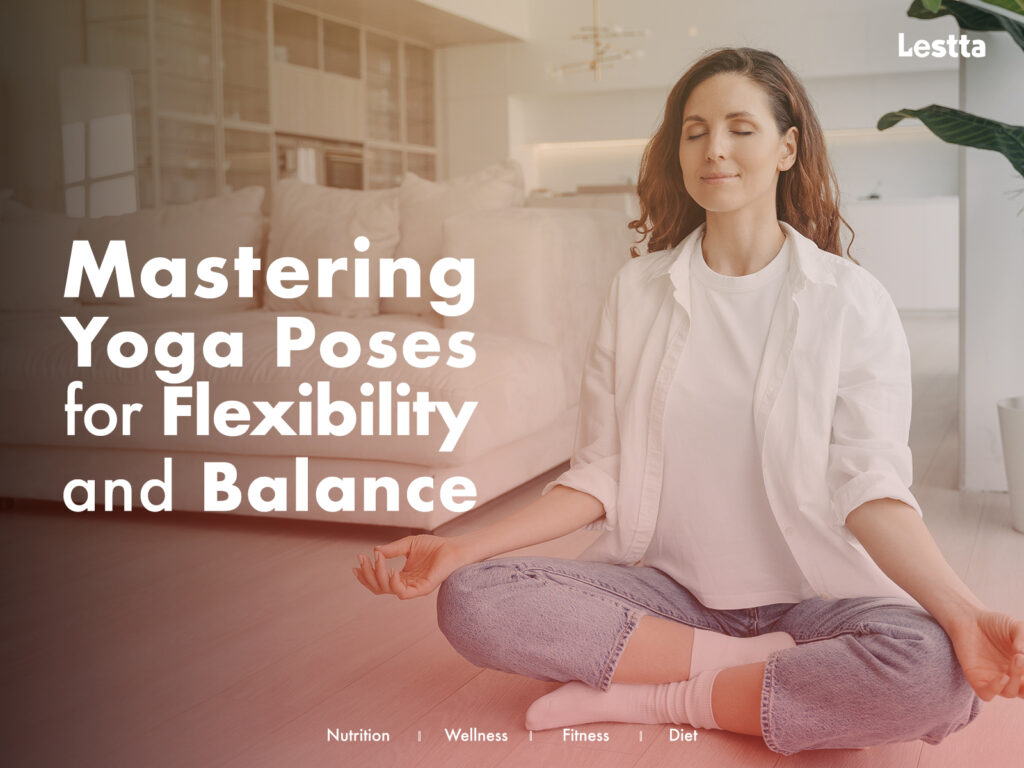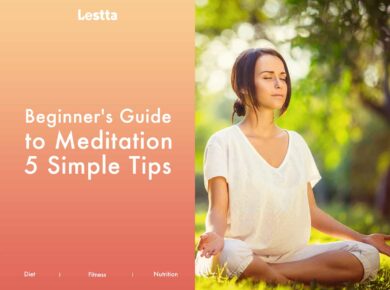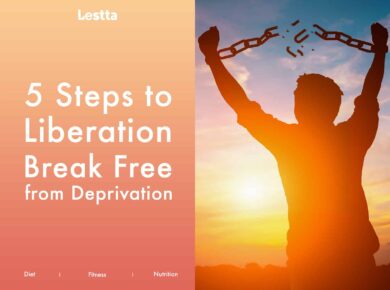
Yoga is not just a form of exercise; it is a journey of self-discovery, flexibility, and balance. Mastering yoga poses requires dedication and patience, but the rewards are abundant. In this article, we will explore how to embark on the path of mastering yoga poses, allowing you to enhance your overall well-being.
1. Start with a Steady Foundation
To embark on the journey of mastering yoga poses, begin with a solid foundation. Focus on basic asanas (poses) like Mountain Pose (Tadasana), Child’s Pose (Balasana), and Downward Dog (Adho Mukha Svanasana). These poses help you establish the correct alignment and build the necessary strength to progress into more advanced postures.
2. Breathe and Be Present
The essence of yoga lies in connecting breath with movement. Cultivate mindfulness by being fully present in each pose, paying attention to your breath. The breath not only helps you maintain focus but also aids in deepening your stretches and improving balance.
3. Embrace Patience and Practice Regularly
Mastering yoga poses is not a race; it’s a gradual process. Be patient with yourself and practice regularly. Consistency is key to progress. Dedicate time each day or several times a week to your yoga practice, and you’ll notice steady improvements over time.
4. Work on Flexibility
Yoga is renowned for its ability to enhance flexibility. Engage in poses like Forward Fold (Uttanasana), Cobra (Bhujangasana), and Pigeon Pose (Eka Pada Rajakapotasana) to stretch and lengthen various muscle groups. As you progress, your flexibility will improve, allowing you to attempt more challenging poses.
5. Build Core Strength
A strong core is crucial for maintaining balance and stability in yoga poses. Poses like Boat Pose (Navasana) and Plank Pose (Phalakasana) target your core muscles, helping you achieve better balance during standing and balancing postures.
6. Focus on Balance Poses
Balancing poses not only improve physical stability but also enhance mental focus. Incorporate Tree Pose (Vrksasana), Warrior III (Virabhadrasana III), and Half Moon Pose (Ardha Chandrasana) into your practice to challenge your balance and strengthen the muscles that support it.
7. Utilize Props
Yoga props, such as blocks, straps, and bolsters, can be beneficial for both beginners and experienced practitioners. Props provide support, help in attaining proper alignment, and make certain poses more accessible, ultimately aiding in mastering yoga poses with ease.
8. Seek Guidance from Instructors
Joining a yoga class or seeking guidance from experienced instructors can be immensely valuable. They can offer personalized feedback, correct your alignment, and suggest modifications based on your unique needs and abilities.
9. Warm-Up and Cool Down
Always begin your practice with a gentle warm-up to prepare your body for more challenging poses. Sun Salutations (Surya Namaskar) are an excellent way to warm up the entire body. Similarly, conclude your practice with a cooling down session and relaxation in Corpse Pose (Savasana) to allow your body to recover and absorb the benefits of your practice.
10. Embrace the Journey
Remember that mastering yoga poses is not about achieving perfection; it’s about embracing the journey and the process. Be kind to yourself and celebrate your progress, no matter how small. Let go of any judgment and enjoy the transformative experience that yoga offers.
Conclusion
Mastering yoga poses for flexibility and balance is a beautiful and rewarding endeavor. With dedication, patience, and regular practice, you can achieve remarkable improvements in your flexibility, balance, and overall well-being.
Embrace the wisdom of yoga, connect with your breath, and relish the present moment on your journey to mastering yoga poses. Let the benefits extend beyond the mat and permeate into every aspect of your life, enriching your body, mind, and soul.









